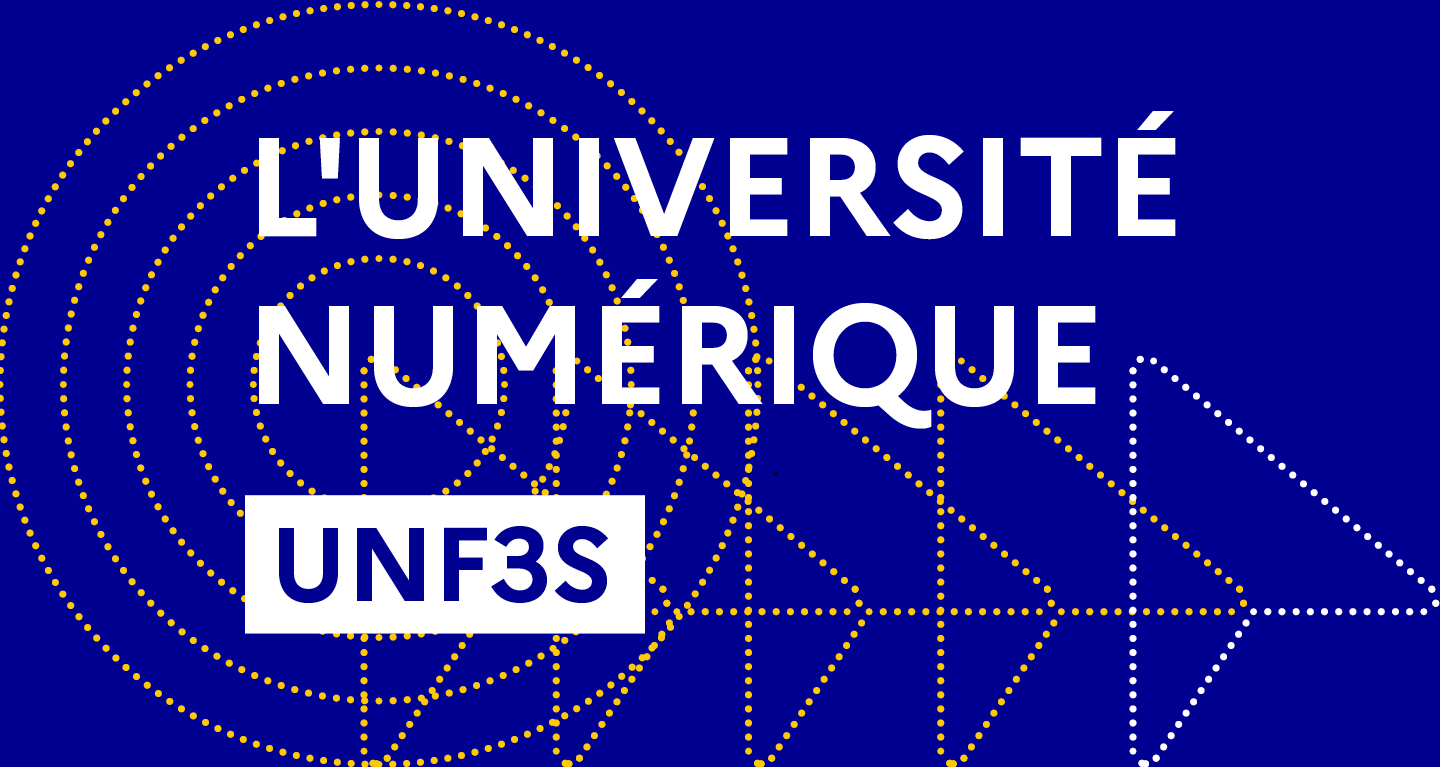
Sommaire
From the question “what is life?” to the building of minimal cells
Date de création :
15.03.2016Auteur(s) :
Alain BLANCHARDPrésentation
Informations pratiques
Droits réservés à l'éditeur et aux auteurs. Creative Commons (BY NC)
Description de la ressource
Résumé
For many centuries, the question about the meaning and nature of life has been central in philosophy and science. We have now gathered, through experimental approaches, a large body of knowledge about the organization of living organisms at different levels, but the question “what is life?” remains the object of debates. In fact, this question is in the spotlight for at least three reasons. The first one comes from the need to recognize life in extra-terrestrial systems, the second one is related to the understanding of the origin of life itself and the third one is linked to the development of cellular chassis using synthetic biology. Indeed, one of the goals of synthetic biology is to build novel living entities that would fulfill some of our needs. One of the pursued approaches aims at creating cellular chassis that would be close to the concept of a minimal cell. To reach that goal, one first needs to define the minimal information (i.e. essential genes) that is necessary and sufficient to support life, at least in the laboratory. The next step is to find a method to produce a cellular system that would use this set of essential genes as its genome. The type of resulting organism does not exist in Nature and is not the product of Evolution. This brings us back to the definition of a living organism because these entities are obviously not autonomous. In a first part the work done with mycoplasmas that are considered as models of natural and minimal cells is presented and in a second part, the implications of this work in the context of the development of synthetic biology are discussed.
"Domaine(s)" et indice(s) Dewey
- Philosophie et psychologie (100)
- Philosophie et théorie de la biologie et des sciences de la vie (570.1)
Domaine(s)
- 100
- Biologie
- Biologie, biochimie, génétique
- Approche didactique et pédagogique
- Approche scientifique - Recherche
- Entretiens, portraits, itinéraires
- Outils, méthode et techniques scientifiques
Intervenants, édition et diffusion
Intervenants
Édition
- Université de Bordeaux - Service Audiovisuel et Multimédia
Diffusion
Document(s) annexe(s)
- Cette ressource fait partie de
Fiche technique
- LOMv1.0
- LOMFRv1.0
- Voir la fiche XML





